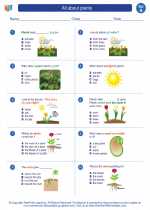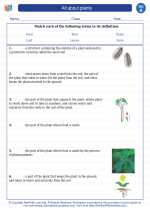Creativity
Creativity is the ability to generate new ideas, solutions, and possibilities. It involves thinking in novel ways, and approaching problems from different angles. Creativity is not limited to the arts; it is an essential skill in fields such as science, technology, engineering, and mathematics (STEM).
How to Foster Creativity
There are several strategies that can help foster creativity:
- Encourage curiosity and exploration
- Provide opportunities for open-ended exploration and play
- Support divergent thinking, where multiple solutions to a problem are considered
- Emphasize the value of learning from failure and mistakes
- Expose children to a wide range of experiences and perspectives
Activities to Promote Creativity
Here are some activities that can help promote creativity in children:
- Art projects that allow for personal expression and experimentation
- Building and constructing with a variety of materials
- Engaging in imaginative and pretend play
- Exploring nature and observing the world around them
- Problem-solving challenges and puzzles
Benefits of Creativity
Developing creativity in children has numerous benefits, including:
- Enhanced problem-solving skills
- Improved adaptability and flexibility
- Increased self-confidence and self-expression
- Strengthened critical thinking abilities
- Fostering a love for learning and exploration
Conclusion
Creativity is a vital skill that can be nurtured and developed in children. By providing opportunities for exploration, experimentation, and open-ended thinking, we can help children become more creative and innovative individuals.
[Creativity] Related Worksheets and Study Guides:
.◂Science Worksheets and Study Guides First Grade. All about plants
Study Guide All about plants
All about plants  Worksheet/Answer key
Worksheet/Answer key All about plants
All about plants  Worksheet/Answer key
Worksheet/Answer key All about plants
All about plants  Worksheet/Answer key
Worksheet/Answer key All about plants
All about plants  Vocabulary/Answer key
Vocabulary/Answer key All about plants
All about plants 

 Worksheet/Answer key
Worksheet/Answer key
 Worksheet/Answer key
Worksheet/Answer key
 Worksheet/Answer key
Worksheet/Answer key
 Vocabulary/Answer key
Vocabulary/Answer key

The resources above cover the following skills:
Concepts of Life Science (SC1, SC2, SC3)
The student demonstrates an understanding of the structure, function, behavior, development, life cycles, and diversity of living organisms by observing and comparing external features of plants and of animals that may help them grow, survive, and reproduce.